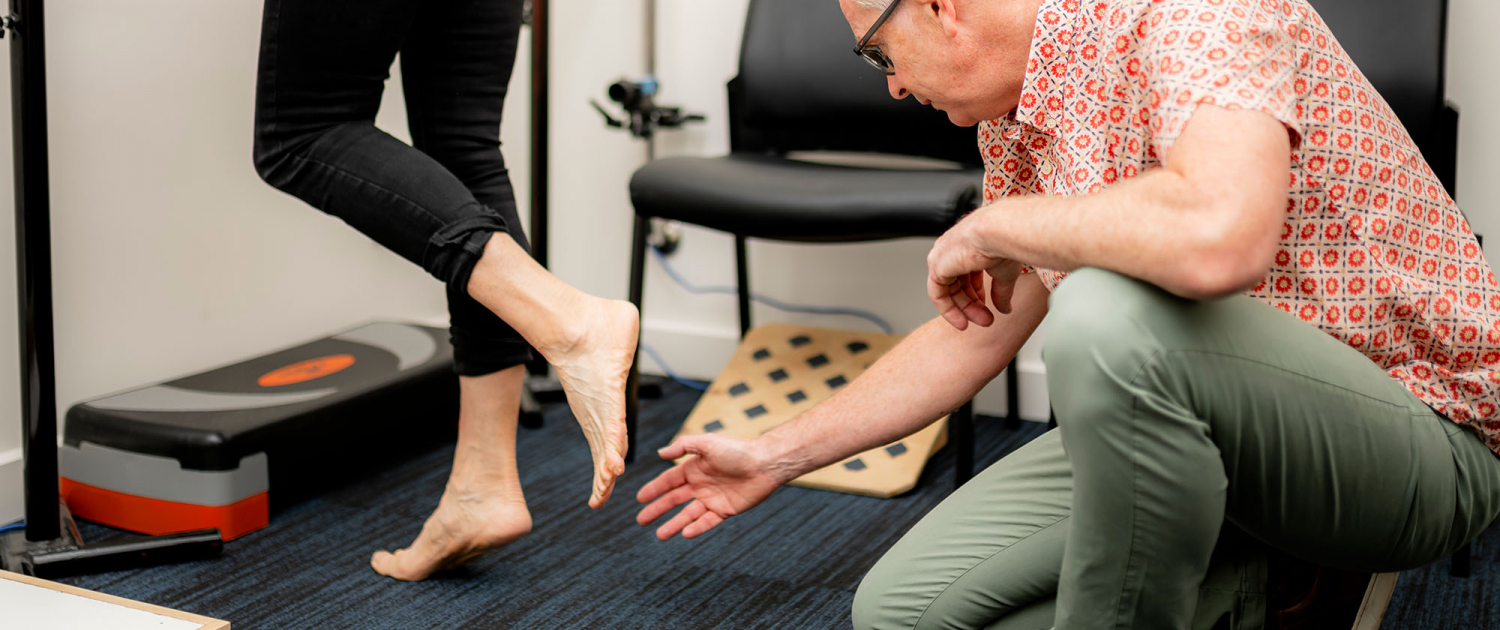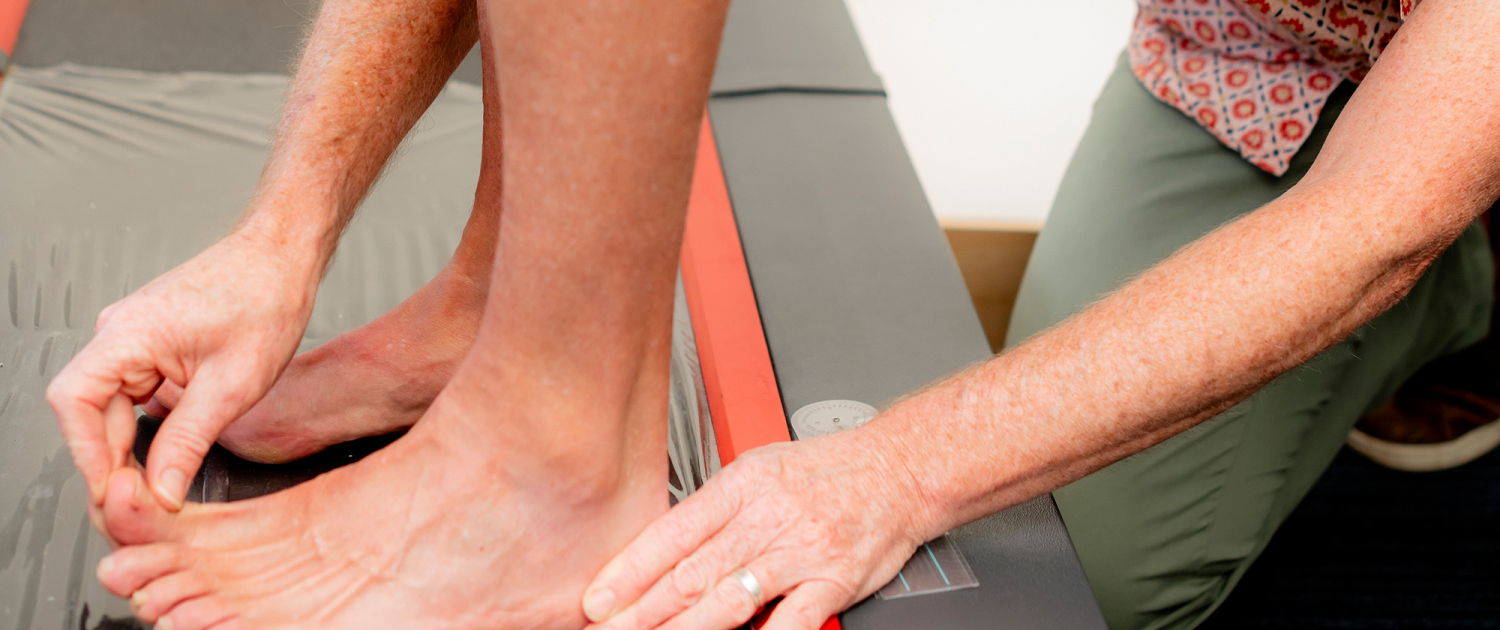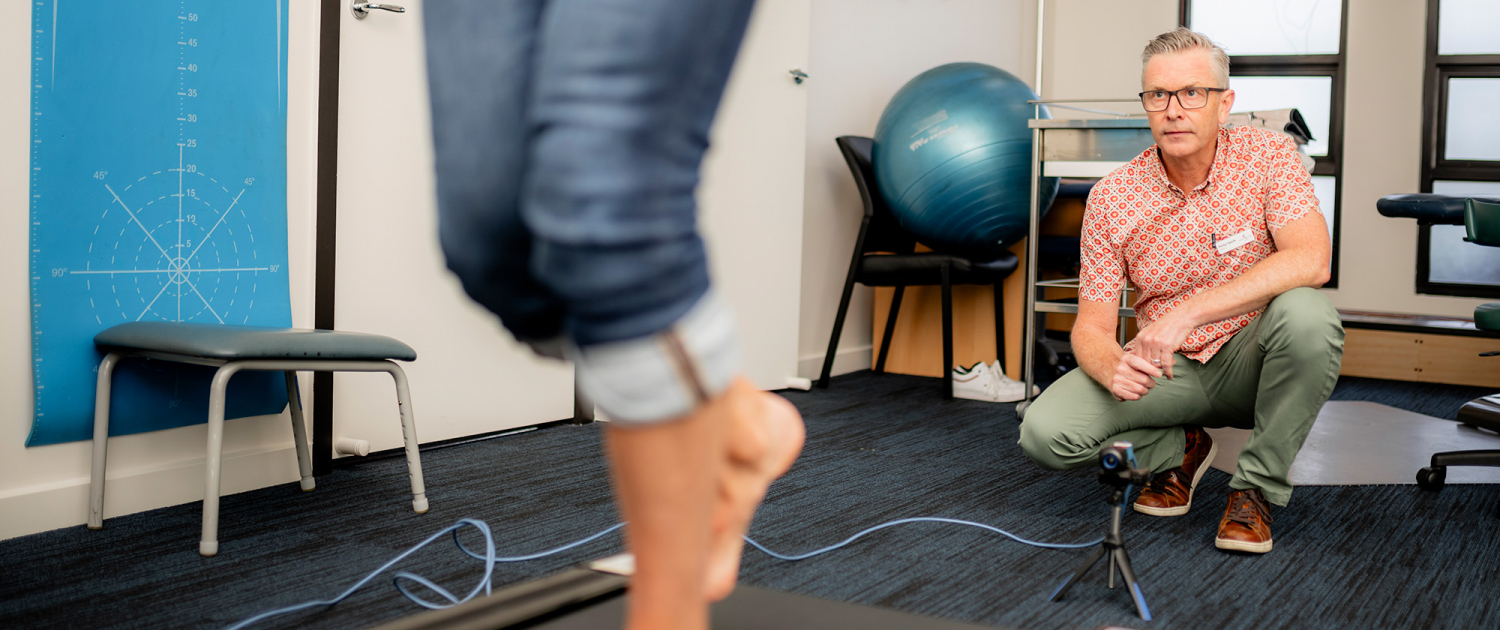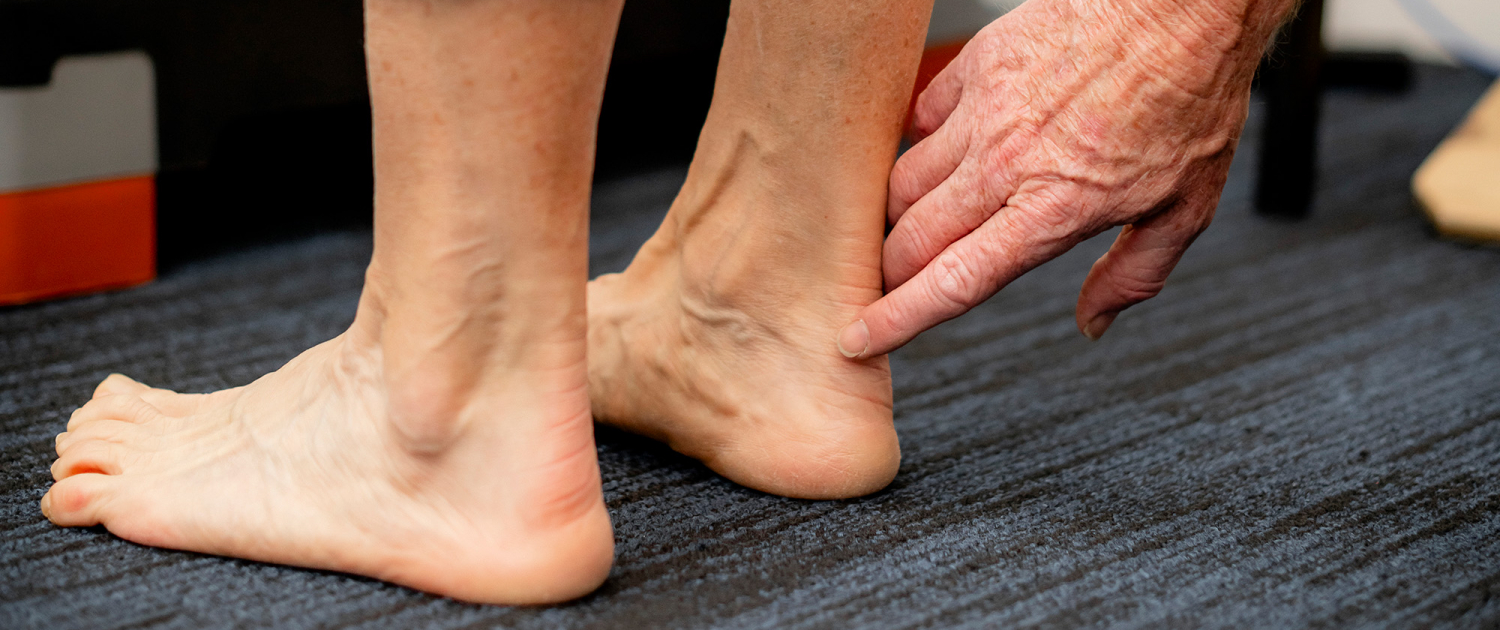Sesamoiditis is a common ailment that affects the forefoot, typically in young people who engage in physical activity like running or dancing. The term is a general description for any irritation of the sesamoid bones, which are tiny bones within the tendons that run to the big toe. Because the bones are actually within the tendons, sesamoiditis is really a kind of tendinitis – the tendons around the bones become inflamed as well.
What are the most common problems with sesamoiditis?
The most common symptom is pain in the ball-of-the-foot, especially on the medial or inner side. Like the kneecap, the sesamoids function as a pulley, increasing the leverage of the tendons controlling the toe. Every time you push off against the toe the sesamoids are involved, and eventually they can become irritated, even fractured.
How do these problems arise?
One of the major causes of sesamoiditis is increased activity. You’ve probably stepped up your activity level lately, which has forced you to put more pressure on the balls of your feet. Speed and hill work, or even increased mileage, can cause this.
If you have a bony foot, you simply may not have enough fat on your foot to protect your tender sesamoids. Also, if you have a high arched foot, you will naturally run on the balls-of-your-feet, adding even more pressure.
Sesamoiditis typically can be distinguished from other forefoot conditions by its gradual onset. The pain usually begins as a mild ache and increases gradually as the aggravating activity is continued. It may build to an intense throbbing. In most cases, there is little or no bruising or redness.
How can they be treated?
Treatment for sesamoiditis is, almost always, non-invasive. Minor cases call for a strict period of rest, along with the use of a modified shoe or a shoe pad to reduce pressure on the affected area. In addition, the big toe may be bound with tape or athletic strapping to immobilize the joint, as much as possible, and allow for healing to occur. It is recommended to decrease or stop activity for awhile. This will give your sesamoids time to heal. You should apply ice to the area for 10 to 15 minutes after exercise, or after any activity that aggravates the area. While the injury is healing, women should wear flat shoes on a daily basis.
When should they be checked by a podiatrist?
You should see a podiatrist when home remedies such as rest and ice, do not work as it is important to get a correct diagnosis. The way you walk and run may be contributing to the forefoot pain you’re experiencing.
Almost everyone has some structural biomechanical misalignment which the body compensates for through the mobility in your joints and the flexibility and strength in your muscles.
How can Total Care Podiatry help you?
At Total Care Podiatry our comprehensive examinations use video assessment on our treadmill and computerised plantar pressure gait analysis to enable us to diagnose your pain and find the underlying reason for it so we can provide you with a treatment plan for a long term solution.
WARNING
This information is for educational purposes only and is not intended to replace professional podiatric advice. Treatment will vary between individuals depending upon your diagnosis and presenting complaint. An accurate diagnosis can only be made following personal consultation with a Podiatrist.
Total Care Podiatry
209 Malop Street Geelong VIC 3220
Ph: 03 5223 1531
Fax: 03 5222 6766
Clinic hours
| Monday | 8.00am – 5.30pm |
|---|---|
| Tuesday | 8.00am – 6.00pm |
| Wednesday | 8.00am – 5.00pm |
| Thursday | 8.00am – 5.30pm |
| Friday | 8.00am – 4.30pm |



